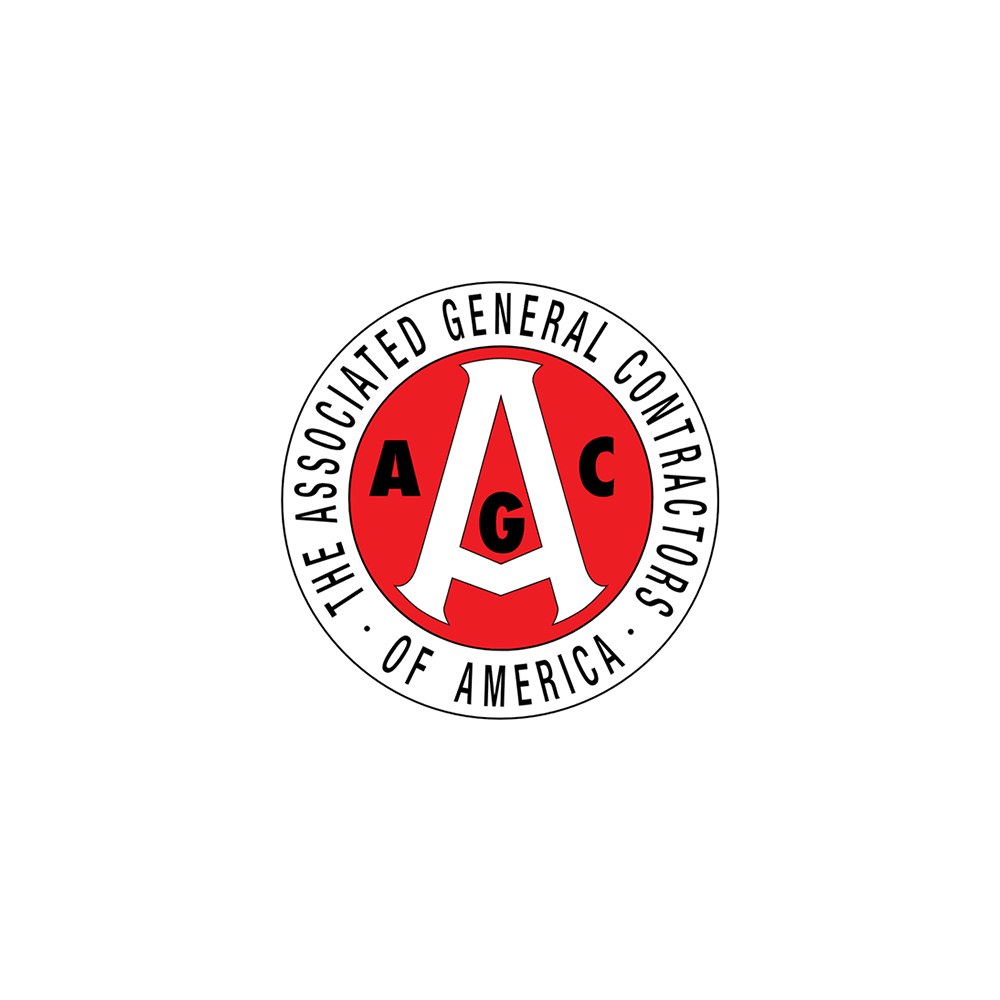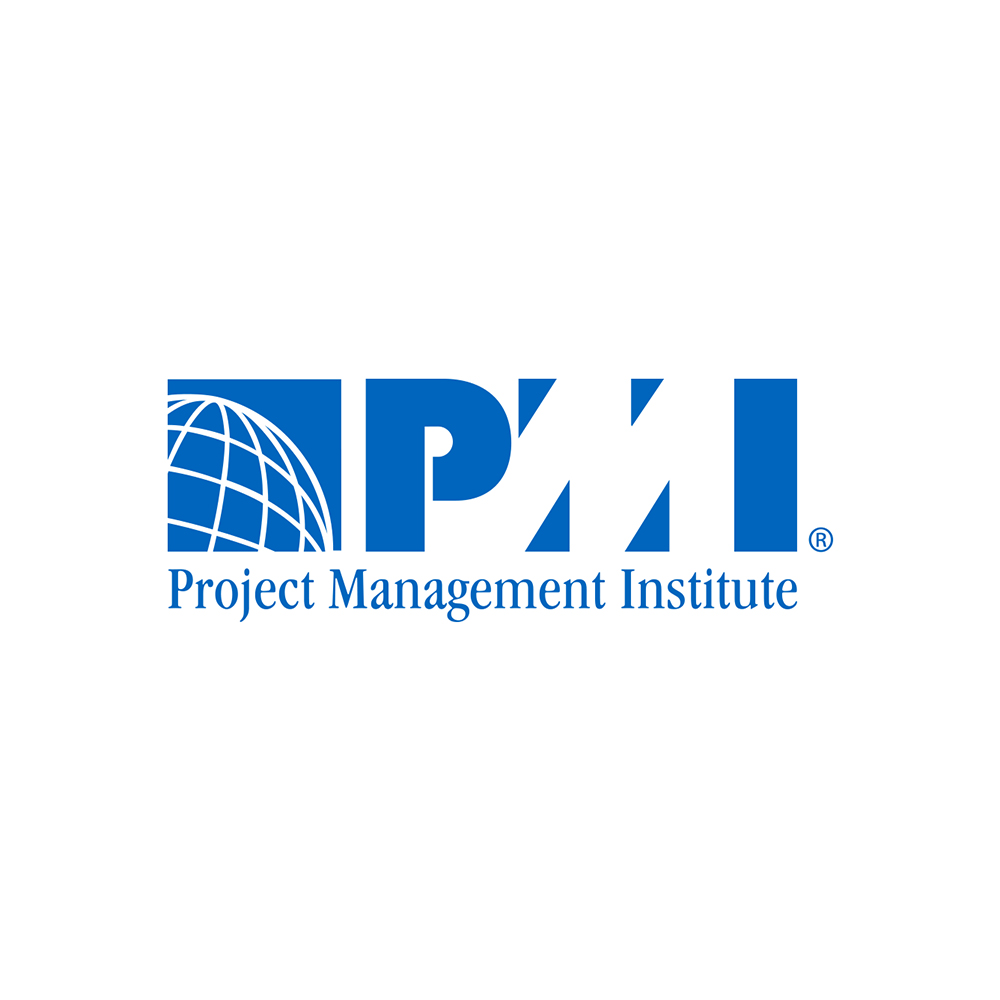Management Blind Spots Are Costing You Top Talent. Here’s How to Overcome Them.
Managers are key to engagement & retention—but blind spots like poor communication or lack of recognition can hurt your team. As a leader, learn how to identify and address these blind spots to build a thriving workplace.
*******
What you can’t see in your managers might be costing you your best talent.
As someone who works with leaders across industries, I’ve seen firsthand how hidden blind spots—like unclear communication or lack of recognition—can quietly erode engagement and retention. It’s a challenge many managers face, often without realizing it.
Gallup’s recent workplace survey confirms some troubling trends, making it more urgent than ever to identify and address these blind spots. The report highlights a growing crisis: unnoticed leadership blind spots are fueling declining employee engagement and rising turnover. These harmful behaviors and strategies—often invisible to managers—erode trust, damage morale, and threaten to drive away your best talent if left unchecked.
Recall a time when a valuable team member handed in their resignation. Was it truly a surprise, or were there subtle signals you might have missed? In my experience working with executives and fellow CEOs, it’s rarely the obvious issues that cause the most damage—it’s the hidden, unaddressed ones. These same blind spots are often at the root of the growing trend of “quiet quitting,” where employees disengage, doing only the bare minimum without additional effort or enthusiasm. This underscores just how vital leadership engagement is to organizational success. Often, these subtle signals point to deeper challenges rooted in management blind spots.
The good news? With intention, awareness, and strategy, blind spots can be mitigated.
Here’s how you can tackle them head-on to create a stronger, more engaged workplace.
Recognizing the Impact of Blind Spots
Blind spots happen when managers overlook key dynamics in their teams, such as unaddressed workload stress, lack of recognition, or poor communication. In its report, Gallup highlights that many employees feel undervalued or disconnected from their organization’s mission due to these leadership gaps.
When left unchecked, blind spots contribute to:
- Lower employee engagement
- Reduced productivity
- Higher rates of absenteeism
- Increased turnover
Additionally, our younger generations—Millennials and Gen-Z—are less willing to put up with managers not providing constructive feedback and development. I often hear from these generations that their managers tell them what they are doing wrong but fail to first share what good looks like. Without understanding the latter, the feedback falls flat and eventually frustrates the employee to the point of leaving the organization.
Not surprisingly, the Gallup report reflects this, indicating a high number of employees are watching for new opportunities that focus on development, recognition, and growth.
The Role of Senior Leaders in Addressing Blind Spots
Leaders I work with consistently share their struggle with balancing the need for change in their organizations to innovate and adapt to the ever-changing business environment, while maintaining strong employee retention and accountability. For example, I once worked with a leadership team where a manager’s lack of feedback and recognition was driving high-performing employees to quietly disengage—something leadership didn’t notice until it started affecting retention metrics.
That client is not alone. The Gallup report notes employee engagement at an all-time low, creating a ticking time bomb of employee churn that will negatively impact organizational performance and competitiveness. While managers play a direct role in shaping team dynamics, senior leaders can take proactive steps to ensure their managers are equipped to identify and eliminate blind spots. Here’s how leadership can drive this improvement:
1. Provide Targeted Leadership Training
Many blind spots stem from a lack of awareness or understanding. In recent decades, companies have significantly reduced their focus and investment in learning and skill development for managers. Companies promoted many managers who were great individual contributors but didn’t help develop the necessary skills to effectively lead people and teams. Today, leadership can address this by offering specialized training programs that focus on:
- Emotional intelligence and active listening.
- Conflict resolution and constructive feedback.
- Techniques to coach at the team- and team-member level.
Equipping managers with these skills helps them build stronger, more engaged teams.
2. Establish a Feedback Culture
As an executive advisor I strongly encourage senior leaders to model a culture where feedback is not only accepted but encouraged. Leaders need teams with their eyes and ears open to opportunities and threats, and who strive to own improving the organization. Change happens too fast for a few in the top levels to try and solve all the issues. To do this:
- Create structured systems for upward feedback, allowing employees to voice concerns about management practices.
- Hold regular skip-level meetings, where senior leaders connect directly with employees to gain unfiltered insights.
- Offer coaching sessions to help managers process and act on feedback effectively.
3. Set Clear Expectations for Manager Accountability
Managers need to know what is expected of them in fostering engagement and retention. With clients, I recommend shifting the focus from measuring managers on results, to instead measuring managers on creating teams that consistently create great results. Senior leaders can:
- Define specific performance metrics related to team engagement, such as employee satisfaction scores or retention rates.
- Regularly review these metrics during performance evaluations.
- Recognize and reward managers who excel in creating positive team environments.
4. Create Opportunities for Peer Learning
Blind spots can often be illuminated through shared experiences. Recognize that no person has all the answers and instead facilitate the collaboration and sharing between managers to identify and address their blind spots and employee feedback. Senior leaders can facilitate:
- Peer mentorship programs where experienced managers guide newer ones.
- Cross-departmental leadership workshops to share best practices and address common challenges.
- Forums or roundtables where managers discuss real-world scenarios and learn from each other’s successes and missteps.
Benefits of Building an Organizational Culture of Engagement and Retention
Addressing blind spots is not a one-time fix. It requires an ongoing commitment to self-awareness and improvement. By implementing the strategies above, senior leaders and managers can:
- Strengthen trust and collaboration.
- Increase job satisfaction and loyalty.
- Cultivate a workplace where employees feel seen, valued, and supported.
The modern workplace is dynamic, but the fundamentals of engagement remain constant: employees thrive when they feel heard, appreciated, and equipped for success. By working together, senior leaders and managers can tackle blind spots head-on, creating an environment where everyone—from top leadership to frontline employees—is positioned for success.
Leaders, Take Action to Overcome Blind Spots. I can help.
Are you ready to prepare your organization for the future and address your blind spots? My Leading Across Generations keynote and workshop address the nuances of creating synergy among diverse age groups in today’s workforce. Contact me today to explore how we can transform challenges into growth opportunities and build a more confident, future-ready leadership team.























